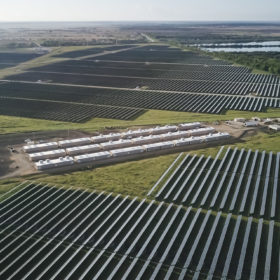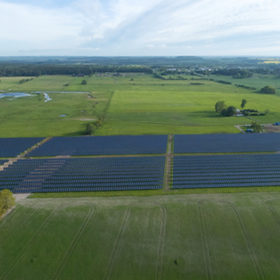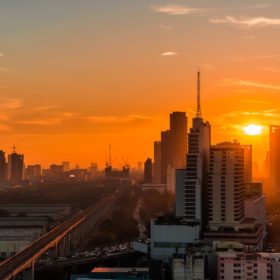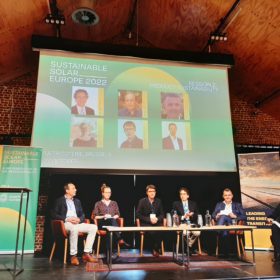Operations begin at 87 MW solar-powered bitcoin-mining center
Aspen Creek Digital, a US bitcoin miner, has started operations at a 30 MW bitcoin data center powered by an 87 MW solar park in Texas. The project is the company’s second solar-powered bitcoin-mining center.
Danish developer set to build Sweden’s largest solar park
European Energy is ready to start building a 128.5 MW solar park in Sweden. The project was halted earlier this year, but that decision has since been reversed. The installation is expected to start generating electricity in 2024.
Thailand introduces FIT scheme for solar, storage
In an unexpected move, the government of Thailand has introduced a feed-in-tariff (FIT) of THB 2,1679 ($0.057)/kWh over 25 years for solar and a 25-year FIT of THB 2,8331/kWh for solar plus storage.
PV modules with longer lifetimes could slash demand for materials, says NREL
The US National Renewable Energy Laboratory (NREL) says in a new report that PV module lifetime extensions should be prioritized over closed-loop recycling to reduce demand for new materials.
Roof-mounted vs. wall-mounted heat pumps
A roof-mounted air source heat pump has reportedly been installed for the first time in the United Kingdom, as part of a pilot project at the University of Salford. The performance of the 200 kg Bosch 3400i Hydrotop will be compared to a similar unit mounted on the wall of a home.
Floating solar combined with wave, tidal, wind power
A consortium of Singaporean universities and companies will study the feasibility of integrating a hybrid floating solar project with ocean, tidal, and wind capacity. If successful, the parties plan to deploy a pilot system with at least 100 MW of renewables capacity.
Malaysia to grant 4-year PPA extensions to bidders in large-scale solar tender
The Malaysian authorities have revealed that they will extend power purchase agreements from the fourth LSS4 tender for large-scale PV from 21 to 25 years.
Eco-design for PV modules, inverters
The Sustainable Solar Europe conference kicked off this week with a focus on the European Commission’s draft regulation on eco-design. The regulation will likely be adopted in the second quarter of 2023.
New solar capacity 10 times cheaper than gas, says Rystad
Operating gas-fired power plants would be 10 times more expensive in the long-term than building new solar capacity in Europe, according to research from intelligence company Rystad. Their study uses the levelized cost of energy (LCOE) for gas and coal-fired power generation at different price levels and compares it to the LCOE of solar PV and wind.
Cooling down solar modules by increasing space between panel rows
A US research team claims to have demonstrated that increasing the spacing of solar panels between rows improves PV system efficiency and economics by allowing airflow to cool down the modules. The method could improve a project’s LCOE by as much as 2.15% in certain climates.










